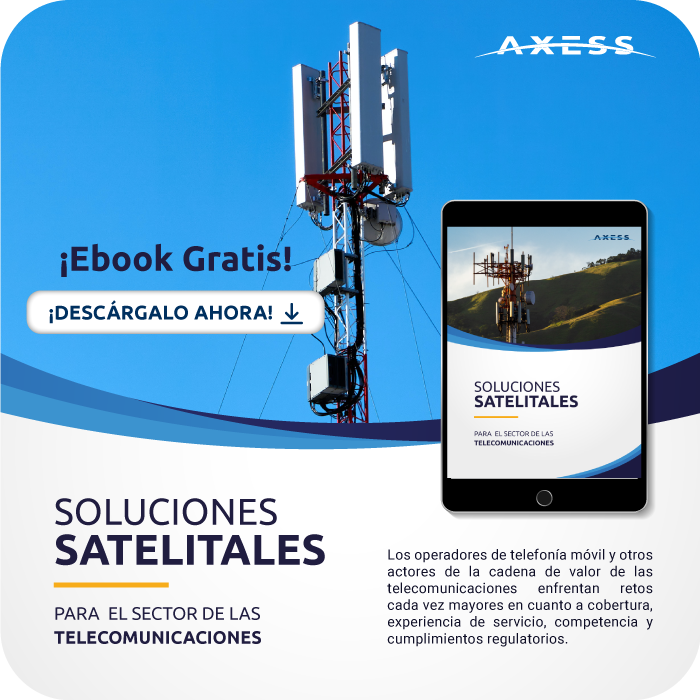
How are satellite data captured?
27 August, 2018
Avoid 5 mistakes when choosing a satellite internet provider
21 September, 2018Sunday comes and you sit down with your family to enjoy one of the most common plans on a weekend: watch TV. The movie or the football game begins and a few minutes later, the signal on your television suddenly goes away. What is the first thing you do? The vast majority try to solve the problem themselves by adjusting cables or restarting equipment, but if after several attempts nothing happens, your anger increases and you choose to call your cable operator to find out what happened.
Similar case may occur in companies that have their operation and production center in remote places such as oil wells or mining fields and their satellite channels, with which they monitor and control different variables, begin to have unexpected interruptions in the service, due to failures from your supplier company. However, in both cases the problem may occur with solar interference.
What are they and why do they occur?
These anomalies are an interruption in the signal of the satellites by the solar radiation that is produced thanks to a phenomenon called Equinox. This event occurs twice a year, between March 20 and 21 and between September 22 and 23, when the north pole and the south pole are at the same distance from the sun, which makes day and night have the same duration and the change of season is marked in this way.
Therefore, because cable television signals come from satellites that are located on the geostationary orbit over the line of the Equator and since the Sun is behind, when the sun’s rays, point directly to the lobe of these receiving antennas, arriving in parallel to the signals from the satellites, there are interruptions, weakness in the transmission and pixelated images in any service whether video broadcasting, Direct-To-Home or satellite voice and data channels.
What do the equinoxes depend on and how can they be monitored?
Solar interference is completely predictable and depends on the geographical position of the earth station and the orbital length of the satellite since its duration is usually a few minutes during the day. The smaller the antenna diameter the interruption tends to last much longer as it has a beam with greater aperture.
The magnitude of the interference angle is a function of the antenna diameter and the frequency of the downlink, the larger the diameter, the antenna beam is narrower, in this case experiencing shorter interference.
Engineering faculties in countries such as Chile and Argentina have stated on several occasions that cable television service providers can monitor decoders on the ground, in order to reduce the time without service, after the loss of the signal from the satellite and communicate it to its users. For example, companies such as TotalPlay in Mexico have informed their customers through the same signal, the interruption of the service and its cause.
Likewise, satellite telecommunications companies, for their part, recommend companies with operation centers in hard-to-reach areas, always have a backup link that will allow them to have two different satellites and timing ranges of affectations for a better control, not only for this type of phenomena, but for any eventuality. With the objective that the solar interferences affect as little as possible your operations, so that you can have control over the performance of its variables; from AXESS we want your company to be informed and prepared for this event. Therefore, we invite you to know the calendar in which your service will be affected or impacted in the following charts:







